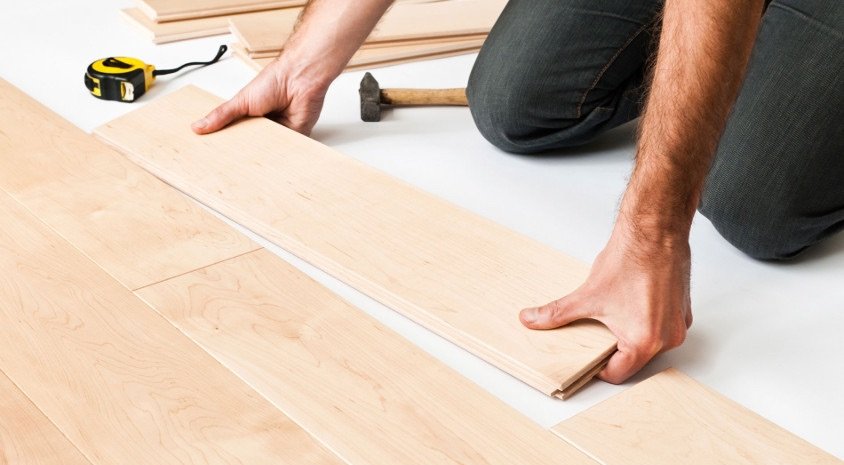Are you in the market for new window coverings? Look no further than roller blinds! Roller blinds are a versatile and popular option for homeowners who want to enhance the aesthetics and functionality of their windows.
In this comprehensive guide, we will delve into the world of roller blinds, exploring the various styles, materials, and installation options available. Whether you are a DIY enthusiast or seeking professional assistance, this guide has you covered. Read on to discover everything you need to know about roller blinds.
Styles of Roller Blinds
Roller blinds in Dubai come in a plethora of styles, catering to different design preferences and functional requirements. Let’s take a closer look at some of the most popular styles:
Classic Roller Blinds: These are the most traditional and straightforward type of roller blinds. They consist of a single piece of fabric that rolls up and down on a simple mechanism. Classic roller blinds are a timeless option that can seamlessly blend into any interior decor style.
Blackout Roller Blinds: If you are looking for maximum privacy and light control, blackout roller blinds are an excellent choice. They are designed with a special fabric that blocks out sunlight and prevents it from entering the room. This makes them ideal for bedrooms, home theaters, and any other space where you need complete darkness.
Sheer Roller Blinds: If you want to filter natural light while maintaining your privacy, sheer roller blinds are a perfect option. They are made from a translucent fabric that diffuses sunlight, creating a soft and inviting ambiance in your space. Sheer roller blinds are ideal for living rooms, dining areas, and spaces where you want to strike a balance between natural light and privacy.
Dual Roller Blinds: For the ultimate flexibility, dual roller blinds are a top choice. Also known as day-night roller blinds, they consist of two layers of fabric that can be adjusted independently. This allows you to alternate between sheer and blackout options, giving you full control over light and privacy.
Materials for Roller Blinds
Roller blinds are available in a wide range of materials, each with its unique features and benefits. Here are some of the most popular materials used in roller blinds:
Polyester: Polyester is a durable and cost-effective material that is commonly used in roller blinds. It is resistant to fading, moisture, and UV rays, making it a practical choice for high-humidity areas like kitchens and bathrooms. Polyester roller blinds are also available in a wide range of colors and patterns, allowing you to find the perfect match for your interior decor.
Cotton: If you prefer a natural and eco-friendly option, cotton roller blinds are an excellent choice. Cotton is a renewable and biodegradable material that adds a touch of warmth and texture to your space. Cotton roller blinds are available in various weaves and colors, giving you endless design possibilities.
Linen: Linen roller blinds are a luxurious choice that exudes elegance and sophistication. Linen is a natural fabric made from flax fibers, known for its durability and timeless appeal. Linen roller blinds are perfect for creating a refined and polished look in your home.
Sunscreen Fabric: Sunscreen fabric is a specialized material that is designed to block harmful UV rays while preserving your view to the outside. It is made from a unique mesh-like fabric that filters sunlight, reducing glare and heat. Sunscreen roller blinds are ideal for sun-facing windows and spaces where you want to protect your furniture and flooring from fading.
Installation of Roller Blinds
Installing roller blinds can be done as a DIY project or by hiring a professional installer. Rollerblindsdubai.com is the best roller blinds installer in UAE. Here are the general steps for installing roller blinds:
Measure and mark: Measure the window width and height accurately and mark the desired height for your roller blind on the wall or window frame using a pencil or a level.
Bracket installation: Install the brackets provided with your roller blind. Typically, brackets are installed at each end of the roller blind, and sometimes in the middle for wider blinds. Follow the manufacturer’s instructions for proper bracket installation, which may involve drilling holes and using screws or other hardware.
Mount the roller blind: Once the brackets are securely installed, attach the roller blind to the brackets according to the manufacturer’s instructions. This may involve inserting the roller into the brackets and securing it with clips or screws.
Install the chain or cord: If your roller blind operates with a chain or cord, install it according to the manufacturer’s instructions. This may involve attaching the chain or cord to the roller and securing it with a safety device to prevent strangulation hazards, especially if you have children or pets at home.
Test and adjust: Test the roller blind by pulling the chain or cord to raise and lower the blind. Make any necessary adjustments to ensure that the blind is level and operates smoothly.
Optional: Install any additional accessories, such as bottom rails or valances, according to the manufacturer’s instructions, to complete the installation and enhance the appearance of your roller blind.
Clean up: Once the roller blind is properly installed and adjusted, clean up any debris or tools used during the installation process.
Conclusion!
It’s important to carefully follow the manufacturer’s instructions for your specific roller blind model to ensure proper installation and operation. If you’re not comfortable with DIY installation, it’s recommended to hire a professional installer to ensure the blinds are installed correctly and safely.



